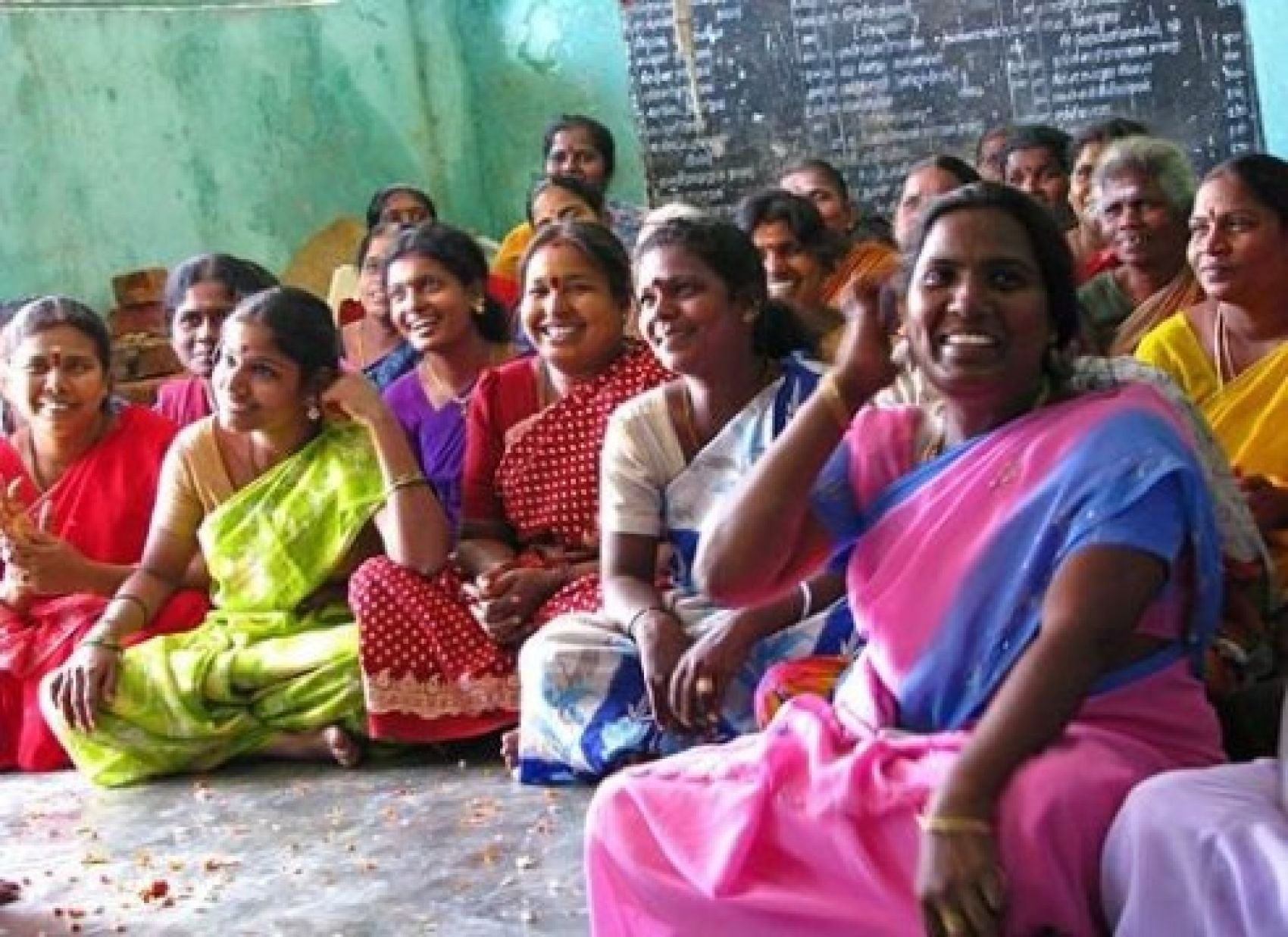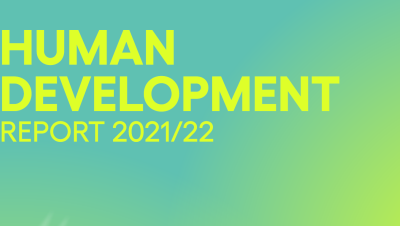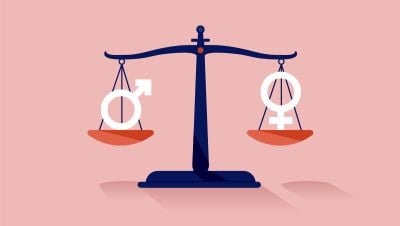In a recent piece of research, I and others looked at impacts of a large-scale self-help program in Northern India. According to one estimate over 80 million women have taken part in such programs in India alone. This huge uptake raises some important questions.
Why are these programs attractive to the women who take part?
Are they effective at expanding the capabilities of participants?
Can self-help be a model for the delivery of at least some of the key development aims enshrined in the sustainable development goals (SDGs)?
It should be emphasised from the outset that self-help programs in India are continuing to evolve in their design and can now have multiple strands of activity which address directly several of the sustainable development goals. Our study looks at the case of a program which has, like others a micro-savings and lending core, but also includes training around maternal health and nutrition, agricultural enterprise and political participation. Some research has ignored or de-emphasised these training and participation elements but we think this misses an important point.
To understand how the program might be impacting women’s quality of life, we developed a survey of women in the program that focussed on what women were able to do in different areas of life. We focused on measuring a wide range of capabilities (or in simpler terms women’s ability to do certain important things), from being able to do interesting work and free from discrimination through to being involved in local politics and having health constraints on daily activities. We could then measure the capabilities of women taking part, compared to a control group outside the program.
Using standard statistical techniques to match participants with controls and allow for selection bias, we found that a range of capability indicators were statistically higher for women in the program compared with others.
Evidence of capability expansion
|
Note: coefficients are from a propensity score model comparing SHG members with matched controls; * indicates robustness when controlling for possible selection bias also (Source: Anand et al (2019)).
There was some evidence that consumption had improved as indicated by a greater proportion of women being in households able to own their home and live in suitable accommodation. But there was evidence also of other benefits that would not show up using only monetary metrics of development. Women in the program, for instance, felt more able to influence local decisions and live life as they wished to.
Typically, women’s self-help groups are comprised of 10 to 20 women of similar socio-economic status and are often some of the least advantaged in a village. They meet regularly, in this case usually every month and discuss savings and likely borrowings, while sharing practical information. Though the information is developed and tailored through the program, this practical education is delivered by the women themselves which not only contributes to the process of empowerment but also ensures that messages are tailored to the needs and priorities of the women themselves.
There is evidence also that as some capabilities expand, others contract or remain unchanged. For example, women in the program believed on average that their access to interesting work had improved. Being part of the program is a form of work but one that builds in regular social activity which in turns develops the individual social resources and capital of participants. Participants appear to value the social processes in their own right which helps to encourage them in the direction of agricultural work, even if this has a negative, though perhaps expected, impact on leisure activities. There is also some evidence that health status becomes more of a binding constraint on participants. Given that the program is encouraging mobility outside the home and involvement in physical agricultural work, this is hardly surprising.
Although this is an empowerment program, risk of future discrimination and assault cannot be said to be any different when comparing program members and controls. There is a lot of interest in empowerment as a development process currently and this finding provides a cautionary message. Even where empowerment programs have some beneficial impacts, there may be factors in the environment underpinned by social norms, that cannot be easily modified by programs such as the one we studied. Traditional empowerment measures - focussing just on individual decision-making - do not generally allow for the quality of options available to individuals by virtue of their environment. For example a question about contributions to financial decision making in the household says nothing about the extent to which women feel safe working outside the home. By using capability indicators - as we did - we can avoid these limitations.
The evidence of improvements in income following micro-finance initiatives is often less than overwhelming and so does not really explain the growth of self-help programs. By contrast our survey and analysis suggests that autonomy and other quality of life improvements may well contribute significantly to the rise in popularity of self-help groups.
Inequality is, like poverty, a multi-dimensional phenomenon and by addressing successfully some of its non-financial aspects, programs based around self-help have the potential to address a range of development priorities at scale and with the involvement of the beneficiaries themselves. It would be useful to see such programs promoted more widely around the world and to see research that shows how they can be adapted to deliver a range of development priorities.


